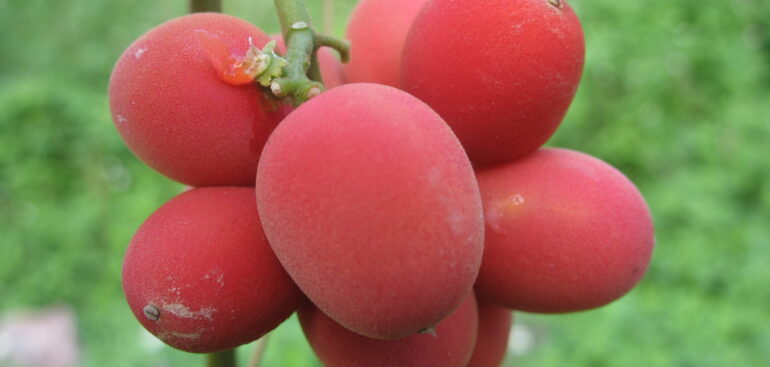
Iodes cirrhosa Turcz. – Author Pham Ha Thanh Tung
Hoang Lien – Van Ban National Park, adjacent to Hoang Lien National Park, has a total natural area of 24,938.88 hectares, located in two communes of Nam Xe and Nam Xay and part of Liem Phu commune, Van Ban district.
This is a primeval forest area located on the high mountain slopes from 800 – 1900m, many places have not been touched by human footprints. FFI has organized many survey trips, the FFI report has surprised many scientists about the species of animals and plants present here. That is the basis for Lao Cai province to establish Hoang Lien – Van Ban National Park in March 2007.
The fauna in Hoang Lien – Van Ban Nature Reserve is very diverse in species composition and is typical of the fauna of the Northwest region of Vietnam. There are 486 species of animals belonging to 89 families and 27 orders. Of which, there are 60 species of mammals; 310 species of birds; 64 species of reptiles; and 52 species of amphibians.
The fauna of Hoang Lien Van Ban Nature Reserve is closely related to the geographical factors – temperate highland fauna of the Himalayas and is influenced by factors from India, Malaysia and southern China. Among them are species at risk of extinction including black gibbons, red-faced monkeys, zebra civets, clouded leopards, leopards, black bears, monkeys, short-tailed porcupines… There are 2,500 species of plants, of which 8 species were discovered for the first time in Vietnam, and 6 species are very new that science needs to study.
The results of the surveys have discovered that the Nature Reserve has many globally endangered species of flora and fauna: the black-rumped gibbon, the northern civet, the black-backed tree-climbing bird, and the Tam Dao toadfish, a species that has only been recorded in Northern Vietnam. Regarding plants, there is the Po mu, especially the Taiwania cryptomerioides, of which there is currently only a single population in Van Ban with about 120 individuals. Hoang Lien – Van Ban Nature Reserve has been recognized as one of the 63 most important bird areas in Vietnam.
Source: Department of Natural Resources and Environment



